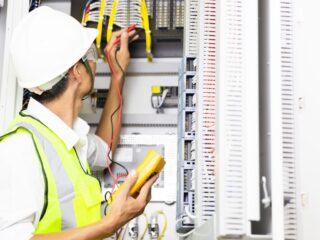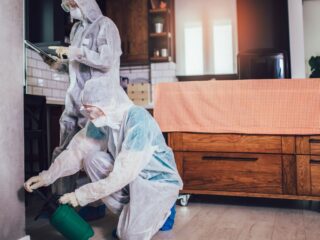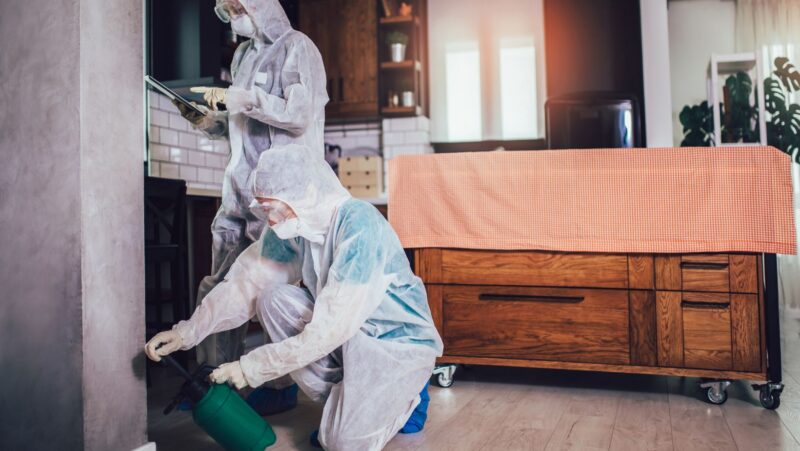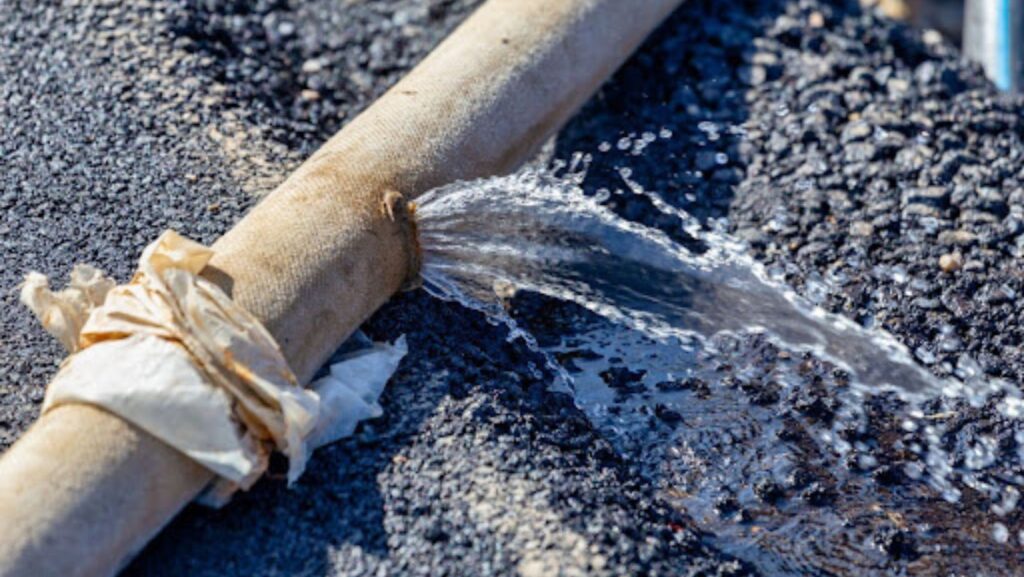
Maintaining a healthy plumbing system ensures a safe and comfortable living or working environment. When pipes are damaged, it can lead to many problems, from minor inconveniences to major structural dilemmas. Both residential and commercial settings frequently encounter issues like leaks, blockages, and burst pipes, causing significant stress for property owners. These problems result in expensive repairs and contribute to environmental challenges such as water wastage and pollution. This article aims to shed light on the root causes of pipe damage while offering practical approaches to mitigate and prevent these issues, ensuring the longevity and reliability of plumbing systems.
Common Causes of Pipe Damage
Like many components in built structures, pipes are subject to natural wear and tear over time. The continuous flow of water, often laden with minerals and sediments, gradually wears the interior of pipes, leading to thinning and potential breakage. Several environmental factors exacerbate this wear. Freezing temperatures can cause water inside the pipes to expand, increasing pressure and leading to cracks or bursts. Ground shifts due to weather changes or geological activity can also strain pipe installations unexpectedly.
Another contributing factor is poor installation practices or outdated infrastructure. Pipes not properly aligned or supported during installation are more susceptible to early failure. Furthermore, many older buildings still rely on old-fashioned piping materials that were standard decades ago but no longer meet modern safety and efficiency standards. These materials often corrode more quickly, leading to breaks and leaks.
Corrosion itself is a silent but prevalent threat to pipes. This chemical reaction occurs when metal pipes contact water and certain chemicals at specific concentrations. Depending on the material, such as iron or copper, corrosion can manifest visibly or insidiously, gradually undermining the pipe’s integrity. Understanding these common causes is key to tackling pipe issues effectively before they escalate.
Signs That Indicate Pipe Damage
Identifying signs of pipe damage early can save property owners from costly repairs. One clear indication is unusual noises within the plumbing system. Sounds like banging, whistling, or clattering are often caused by air bubbles or water flow disturbances due to obstructions or damaged pipes.
Water discoloration is another hint that something might be amiss. Rust, dirt, or debris breaking off from corroded pipes often tint the water brown or yellow, signifying internal damage. Alongside discoloration, a noticeable drop in water pressure can indicate leaks or blockages within the plumbing network.
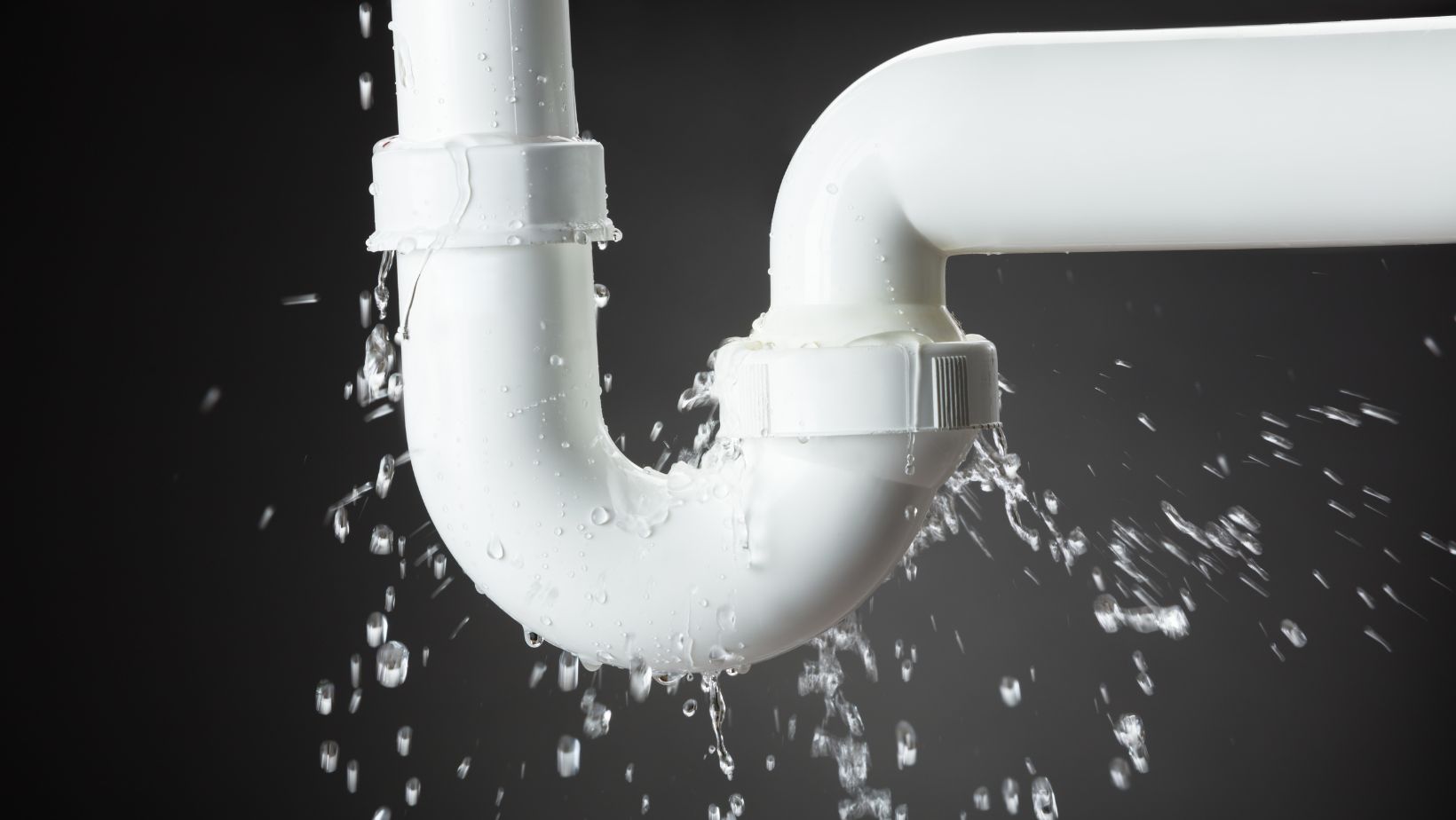
Persistent dampness or water stains on walls and ceilings can point to hidden leaks, which, if unaddressed, might lead to mold growth and structural damage. Additionally, an inexplicable rise in water bills often highlights undetected leaks or inefficiencies within the plumbing system. Recognizing these signs promptly is crucial for averting extensive damage.
Immediate Steps to Take When Pipe Damage is Suspected
If pipe damage is suspected, swift action can minimize further harm. The first step is to shut off the water supply at the main valve, preventing additional water from aggravating the damage. Next, thoroughly inspect visible pipes for any obvious signs of leaks, corrosion, or damage. A flashlight and your sense of touch can help identify damp areas or cracks.
Documenting these signs with photos or notes will be useful for consultations with a professional plumber. It’s imperative to report the issue to a qualified plumber so that the root causes can be assessed and addressed properly. If a professional can’t attend immediately, temporary fixes, like plumber’s tape or pipe putty, may help mitigate further damage or water loss until expert help arrives.
Long-term Solutions for Preventing Pipe Damage
Preventive measures play a critical role in maintaining healthy plumbing systems. Regular maintenance and inspections are fundamental to preventing small issues from becoming large, costly problems. Identifying potential vulnerabilities early on can extend the life of plumbing networks significantly.
Upgrading modern, durable piping materials is recommended, especially when dealing with aging infrastructure. Materials like PVC or PEX are less prone to corrosion and other common issues associated with older materials, such as lead or galvanized steel.
Insulating pipes, particularly those exposed to outdoor elements or in unheated areas, is an effective protective technique against freezing temperatures. Proper insulation keeps pipes warm and prevents expansion-related damage.
Moreover, careful landscaping planning can prevent environmental factors from contributing to pipe damage. Tree roots are notorious for invading underground piping in search of water, leading to blockages and breaks. Planning sufficient distance between trees and pipelines can prevent such occurrences.
Choosing the Right Repair Services for Pipe Damage
Finding the right professional for pipe repairs ensures peace of mind. Start with research into local qualified plumbing professionals. Look for those with good reviews, relevant licenses, and experience with similar issues.

Understanding the variety of repair technologies and methods available is equally important. Methods such as trenchless pipe repair and cost-effective relining solutions can provide durable fixes with minimal disruption. Knowing what’s available enables property owners to make informed decisions.
Before hiring, it’s wise to prepare a list of questions for potential service providers. Enquiring about experience, timelines, costs, and specific solutions for identified problems will help clarify their capabilities.
Remember the importance of warranties and guarantees when engaging in plumbing services. These provide an assurance of service quality, giving property owners confidence in the repair work performed.
Conclusion
Understanding and addressing the root causes of pipe damage are foundational to maintaining a robust plumbing system. Proactive measures like regular inspections and timely upgrades can help evade future complications. Combining immediate solutions with effective long-term strategies enhances the reliability and longevity of plumbing systems. Property owners should inspect their plumbing networks promptly and seek professional advice when needed, safeguarding their investments and ensuring peace of mind.

